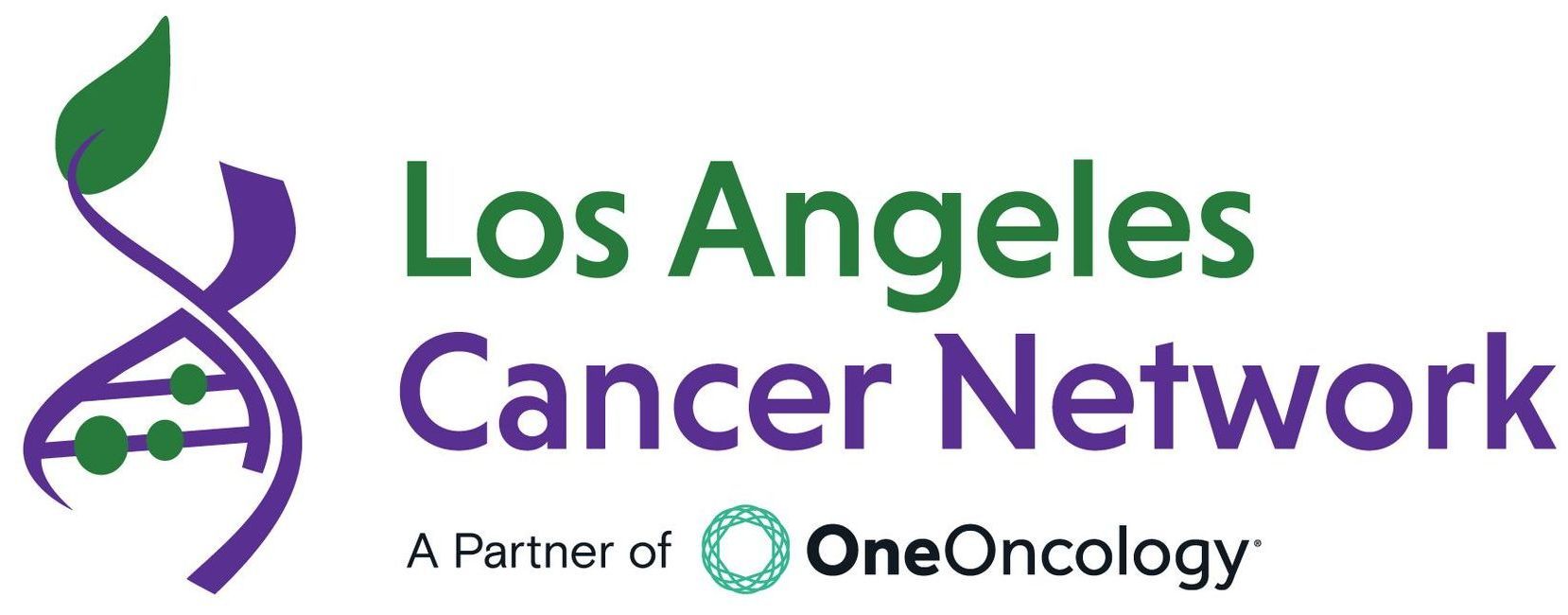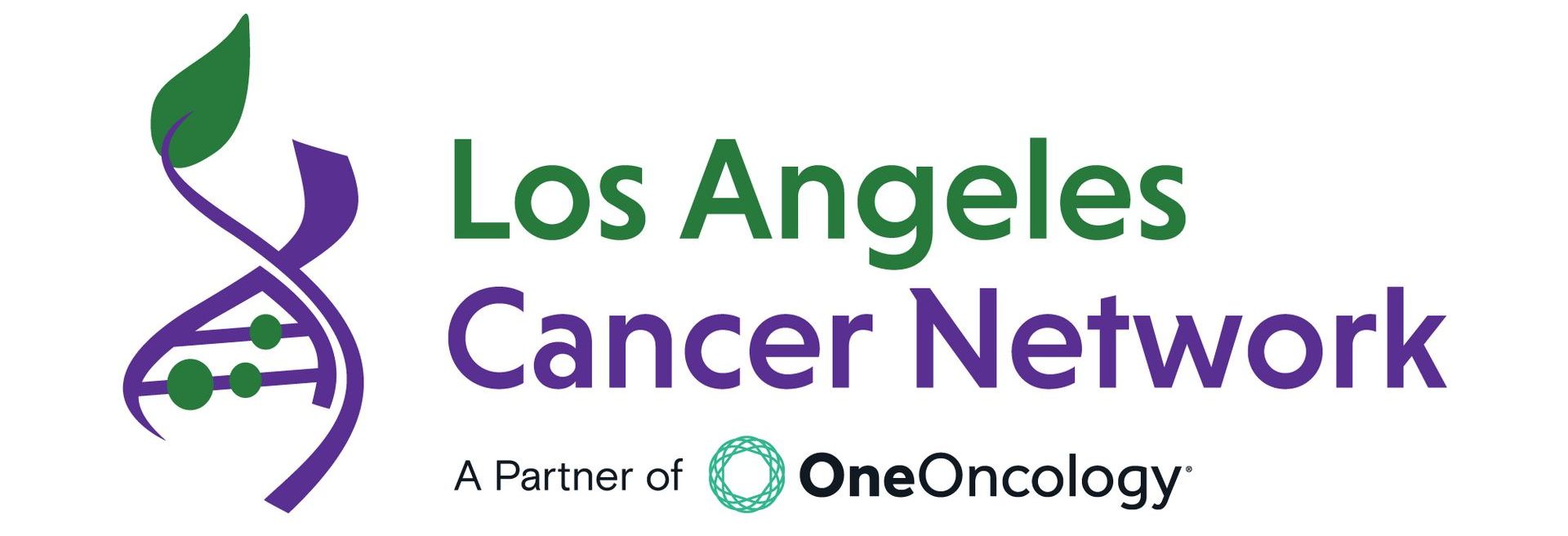THYROID CANCER
What is Thyroid Cancer?
The thyroid gland, also referred to simply as the “thyroid,” is located just below the Adam’s apple and is responsible for the release of hormones that regulate the body’s metabolism. Thyroid cancer occurs when cells in the thyroid multiply uncontrollably and has the most rapidly increasing incidence of all cancers in the United States, according to the American Cancer Society. The different types of thyroid cancer arise from these different cell types found in the thyroid gland, and are as follows: papillary, follicular, medullary, anaplastic, and lymphoma. Papillary and follicular thyroid cancers are more common whereas anaplastic carcinoma and thyroid lymphoma are more rare.
What Causes Thyroid Cancer?
Thyroid cancer develops as a result of changes to the genetic material within thyroid cells. These changes result in the pattern of cell growth and division characteristic of thyroid cancer. Although increased likelihood of developing thyroid cancer is associated with the following factors, in most cases, physicians and scientists are still trying to determine what causes thyroid cancer to develop:
- Aging
- Being female
- Family history of thyroid cancer
- Personal history of thyroid cancer
- Certain genetic mutations
- A diet low in iodine
- Exposure to carcinogens
- Exposure to radiation
How is Thyroid Cancer Detected?
Our specialists collect information regarding medical history, surgical history, social history, and family history; conduct laboratory testing, and review radiological studies to approach patient care in the most comprehensive and personalized manner.
If thyroid cancer is suspected, a doctor will likely order an imaging study to help arrive at a diagnosis. Imaging studies might include a CT scan, PET scan, PET-CT scan, radioiodine scan, ultrasound, MRI scan, or chest X-ray. A CT (computed tomography) scan uses X-rays to generate a three-dimensional picture of the body whereas a PET (positron emission tomography) scan uses a small amount of radioactive tracer to locate any cancer cells by how readily they take up the radiotracer. A PET-CT combines the features of a CT scan with those of a PET scan. Like a PET or PET-CT scan, a radioiodine scan uses a different tracer, radioactive iodine, to see if the thyroid gland appears abnormal, such as in cancer. An MRI (magnetic resonance imaging) uses magnetic fields to generate a detailed representation of the body. Lastly, an ultrasound sends sound waves through the body to generate images of the body’s organs and tissues.
If upon review of your results your doctor notices a mass suspicious for thyroid cancer, he or she will likely order a biopsy in order to make a diagnosis and plan treatment, if necessary.
Signs and Symptoms of Thyroid Cancer
The following may be indicative of thyroid cancer but may also be indicative of other illnesses:
- A bulging or swelling of the neck, below the Adam’s apple
- Pain in the throat and/or front of the neck
- Enlargement of lymph nodes
- Hoarseness and other vocal abnormalities
- Difficulty experienced when breathing
- Difficulty experienced when swallowing
- Persistent cough not as a result of a cold
It is important you tell your doctor if you have any of these signs and symptoms, so he or she may determine their cause and plan treatment, if necessary.
Stages of Thyroid Cancer
“Staging” occurs when a physician uses to test and scan results to determine which parts of the body are involved by cancer, in this case, thyroid cancer. Staging is important because different stages of thyroid cancer are better addressed with treatments that may differ in amount, combination, or type. According to the American Joint Committee on Cancer (AJCC), the stages for papillary and follicular thyroid cancer, the most common types of thyroid cancer, are as follows for patients 45 years of age and older:
Stage I
The cancer is contained in the thyroid and no larger than 2 cm in diameter.
Stage II
The cancer is contained in the thyroid, is larger than 2 cm but greater than 4 cm in diameter.
Stage III
The cancer is
- Larger than 4 cm in diameter and involves only the thyroid, OR
- Any size and has spread to include only tissues just beyond the thyroid but not to lymph nodes, OR
- Any size includes tissues just beyond the thyroid and has spread to nearby lymph nodes.
Stage IV
The tumor has spread to other, perhaps distant, parts of the body.
How is Thyroid Cancer Treated?
Treatment of thyroid cancer, depending on the stage and type, may include chemotherapy, hormone therapy, radiation therapy, and/or surgery. These treatments may be used individually or in combination based on your doctor’s recommendations. It’s important to discuss all of your treatment options with your doctor to help make the decision that best fits your needs. Some important factors to consider when deciding on a lung cancer treatment plan include:
- Your age, health, and lifestyle.
- The stage of your cancer.
- Any other serious health conditions you have.
- Your feelings about the need to treat cancer right away.
- Your doctor’s opinion about if you need to treat cancer right away.
- The likelihood that treatment will help fight or cure your cancer.
- Possible side effects of each treatment method.
You may feel the need to make a quick decision, but it is very important to ask questions if there is anything you’re not sure about. It is very important for you and your doctor to communicate and work together to weigh the benefits of each treatment option against the possible adverse effects and to ultimately determine what treatment option is best for you.
Our Approach
The doctors here at LACN are here for you every step of the way through your journey. Our specialists can provide you with comprehensive, personalized care to help from diagnosis to remission and thereafter.












